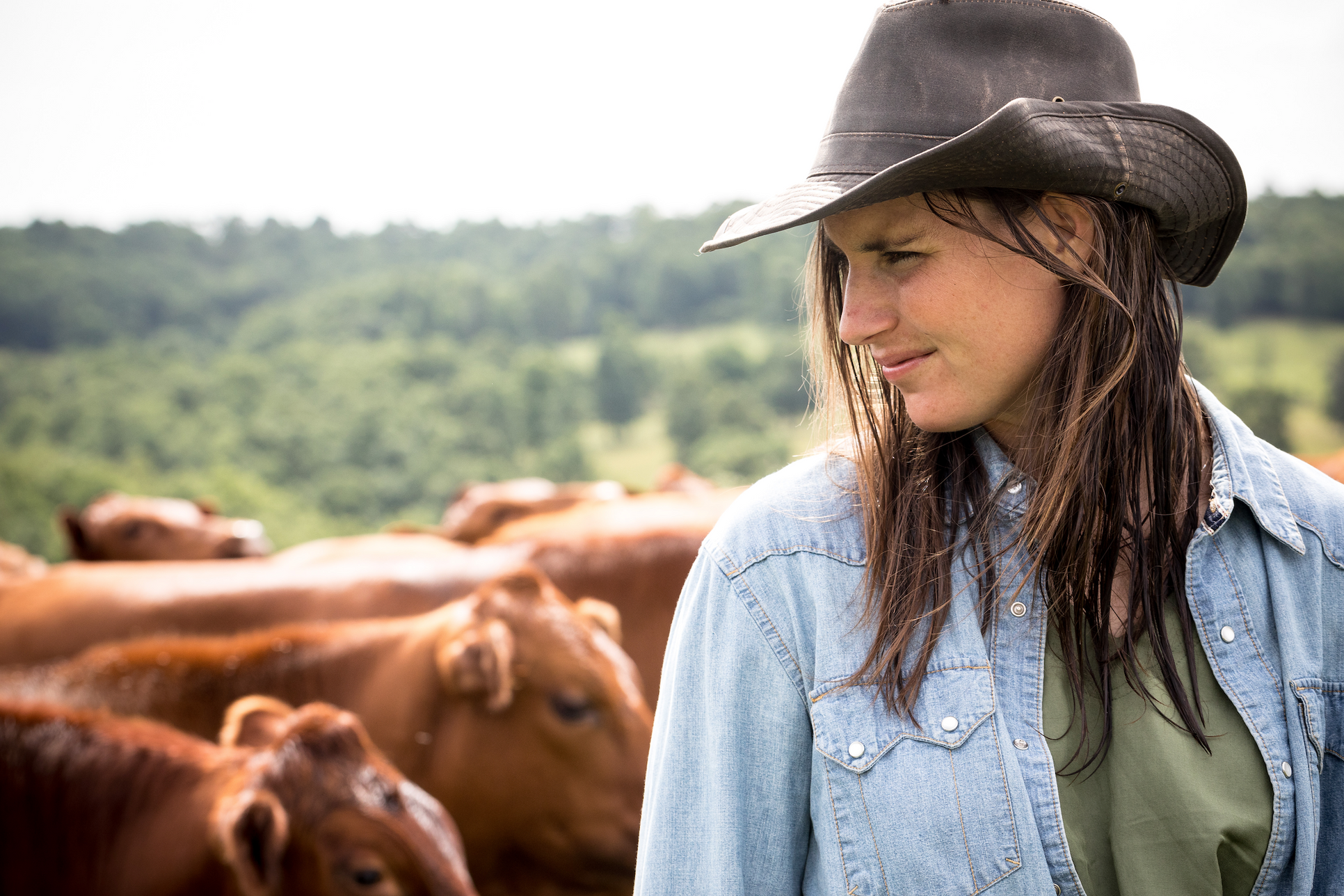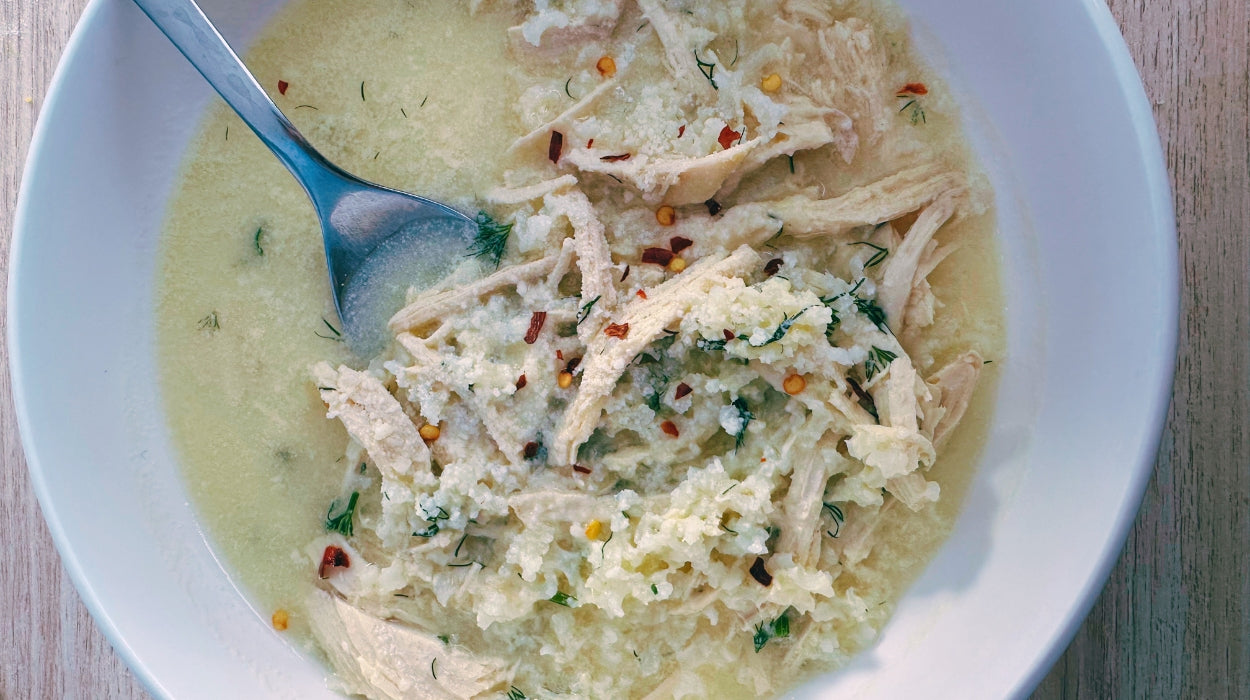Why A Farmers' Cooperative?

Even if you don’t have any experience on a farm—as in, you’ve never even had the pleasure of seeing a chicken IRL— if you stop and think about it, you can probably pretty quickly come up with at least a couple of reasons it’s advantageous for farmers—especially ones running small, independent operations—to form a co-op. “They can share equipment…They can share expenses…They can share ideas…They have people to text at 4:00 am when they are up doing chores and need to rant about politics or the tv show they watched the night before…” If your answer aligned with any of these, you certainly scratched the surface. But, unless you’ve farmed yourself, you may not fully appreciate the nuances of the fiscal structure and the stability a cooperative can provide. So, here’s our stab at explaining how a co-op is advantageous to its farmer and why consumers benefit as well.
The first step in forming a cooperative—whether it be a producers’ co-op or otherwise—is finding a group of people who share your values and putting pen to page and declaring your operating principles. For Grass Roots farmers, this meant carefully developing animal husbandry standards that ensure their commitment to environmental stewardship and animal welfare, then establishing by-laws of governance. After documents are formalized, the democratic process kicks in. The owners of Grass Roots hired a general manager who is responsible for the co-op staff and managing day-to-day operations. The general manager reports to the board of directors, who has final decision-making power.
Outsourcing processing, distribution, marketing, and financial duties to a group of professionals means that our farmers get to focus on what they do best, farming. Less time off farm allows them to focus more on their stewardship of the land and animals, which results in a more responsible, sustainable, and delicious products for consumers.
Additionally, in a farmer-owned cooperative, farmers are paid fairly for their animals and share profit from their sale. In a conventional, industrial poultry operation, a farmer is paid somewhere between $0.24 and $0.30 for a 4-pound chicken that the corporation then processes and sells. Grass Roots farmers are paid about $3.14 for this same size bird. And after the bird is processed and operating expenses are paid, profit is then returned to the farmers—which doesn’t happen in the corporate model.
Another way to look at this is through the lens of the food dollar. The USDA defines a food dollar as, “a $1 expenditure on domestically produced food by U.S. consumers.” According to their research, a typical farmer receives an average of 16 cents from every dollar of food sold. But farming as a co-op allows Grass Roots farmers to receive between 70 and 75 cents of every food dollar the cooperative sells.
Basically, when they work together in a cooperative the farmers don’t get shortchanged. And neither do you. Because Grass Roots members operate their farms according to very specific animal husbandry standards, their final products are consistent both in terms of quality and with regard to the values of the co-op. These principles are documented and transparent, and members of the co-op staff make regular farm visits to ensure these standards are continually implemented.
So, why should you support a cooperative? Because keeping our farmers on their farms means they get to be better at their job, that they get paid fairly for the work they do, and that you get to eat better food. Win, win, win.
Recent Posts






